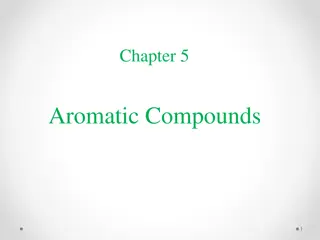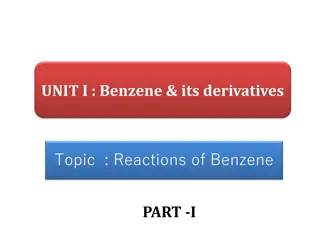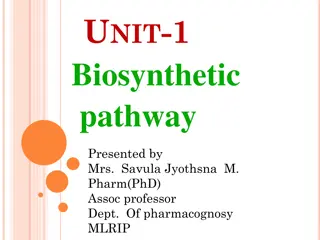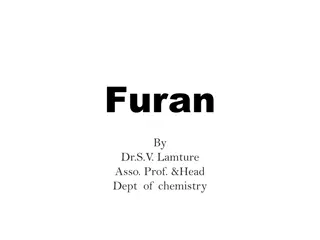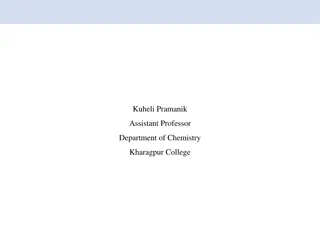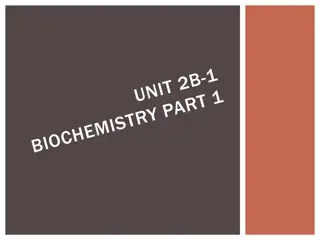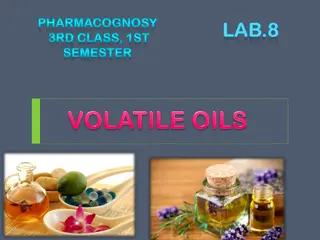Aromatic compounds
Aromatic compounds are chemical compounds containing a ring with delocalized pi electrons. Learn about the definition, naming conventions, and reactions of aromatic compounds such as benzene. Explore topics like aryl groups, halogenation reactions, and the mechanism for bromination of benzene.
Download Presentation

Please find below an Image/Link to download the presentation.
The content on the website is provided AS IS for your information and personal use only. It may not be sold, licensed, or shared on other websites without obtaining consent from the author.If you encounter any issues during the download, it is possible that the publisher has removed the file from their server.
You are allowed to download the files provided on this website for personal or commercial use, subject to the condition that they are used lawfully. All files are the property of their respective owners.
The content on the website is provided AS IS for your information and personal use only. It may not be sold, licensed, or shared on other websites without obtaining consent from the author.
E N D
Presentation Transcript
Aromatic compounds Learning objectives 1- Defines of aromatic compounds 2-Naming of aromatic compounds 3-Reaction of aromatic compounds
Definition of Aromatic Chemical compounds that contain one or more ring with pi electrons delocalized all the way around them . Six carbon atoms joined to form a hexagonal planar ring . Each carbon has four valence electrons one of these is used to form a bond with a hydrogen atom. Two other electrons are used to form sigma bonds with the carbon atoms on either side
When two groups are attached to benzene, the ring is numbered to give the lower numbers to the substituents. Start numbering from a special name (if we have). If we do not have, number them to get the smallest set of numbers.List them by alphabetical order. -
if we have three or more substituents: Start numbering from a special name (if we have). If we do not have, number them to get the smallest set of numbers. List them by alphabetical order. - -
Mechanism for the Bromination of Benzene: Step 1 Before the electrophilic aromatic substitution can take place, the electrophile must be activated.A strong Lewis acid catalyst, such as FeBr3, should be used.
Step 2 Electrophilic attack and formation of the sigma complex.
Chlorination and Iodination Chlorination is similar to bromination. Use AlCl3 as the Lewis acid catalyst. Iodination requires an acidic oxidizing agent, like nitric acid, which oxidizes the iodine to an iodonium ion.
Reduction of the Nitro Group: Treatment with zinc, tin, or iron in dilute acid will reduce the nitro to an amino group. This is the best method for adding an amino group to the ring.







